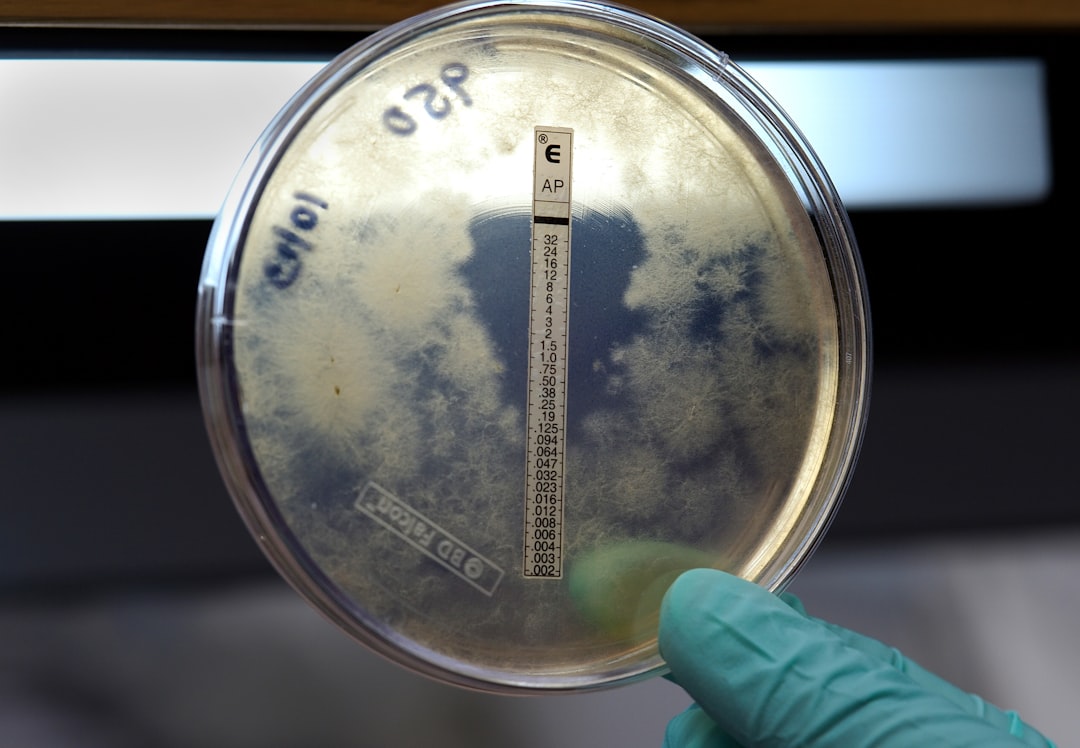What is it about?
The potentiation of the immune system in pregnant rats was performed with Complete Freund's Adjuvant [CFA; 20 μl, subcutaneous at gestation day (GD) 18] in experimentally-induced hyperthyroidismby Levo-thyroxine (LT4; 10 μg/100 g of b.w., intraperitoneal from GD 2 to 17). The potential effects on the fetal neuroendocrine function were evaluated by observing some histopathological investigations in pregnant rats and measuring some biochemical parameters in dams and their fetuses at GD 20. In hyperthyroid group, an increase in maternofetal serum thyroxine (T4), triiodothyronine (T3) and a decrease in thyrotropin (TSH) levels were noticed, while the concentrations of fetal serum growth hormone (GH) and insulin-like growth factor-1 (IGF1) levels were increased at tested GD with respect to control and CFA groups. Moreover, the activity of uterine and placental myeloperoxidase (MPO) was increased (P b 0.001) in CFA and CFA-treated hyperthyroid groups in respect to control or hyperthyroid groups, respectively. The gestational thyrotoxicosis led to some histopathological lesions in uterine and placental tissues characterized by severe degeneration in trophoblast spongioblast cell layer with congestion, mild congested blood vessels in the endometrium and deficient in spiral artery remodeling. Although, the elevation in fetal serum transforming growth factor-beta (TGFβ) and cerebellar monoamines [norepineprine (NE), epinephrine (E), dopamine (DA) and 5-hydroxytryptamine (5-HT)] was observed, the reduction in fetal serum tumor necrosis factor-alpha (TNFα) and adipokines (Leptin and adiponectin) was detected. Treatment of dams with CFA showed an obviously reversing and protecting effect against hyperthyroid perturbations. Thus, the maternal CFA can be used in treatment of the fetal neuroendocrine dysfunctions.
Featured Image
Why is it important?
Third conclusions can be drawn from these data. The first is that the maternofetal thyrotoxicosis by L-T4 appears to alter the developing HPTA, GH/IGF and cytokines/adipokines axes. The second is that thematernal treatment with CFA seems to reduce or prevent the fetal neuroendocrine dysfunction via regulating HPTA andmonoamines. The final conclusion is that thematernal protection by CFA can be applied in treatment of maternofetal thyrotoxicosis and fetal neuroendocrine disorders
Perspectives
this protection is dependent on dose, duration, developmental period, and the species involved, aswell as the exact mechanism of this improvement is still unclear. Thus,more information is needed to determine the multiplemechanisms of CFA against the neurotoxic effect of maternofetal thyrotoxicosis. This may support development of new strategies to improve clinical immune responses.
Full Professor Ahmed R. G.
Division of Anatomy and Embryology, Zoology department, Faculty of Science, Beni-Suef University, Egypt.
Read the Original
This page is a summary of: Immune stimulation improves endocrine and neural fetal outcomes in a model of maternofetal thyrotoxicosis, International Immunopharmacology, December 2015, Elsevier,
DOI: 10.1016/j.intimp.2015.09.004.
You can read the full text:
Resources
Contributors
The following have contributed to this page










